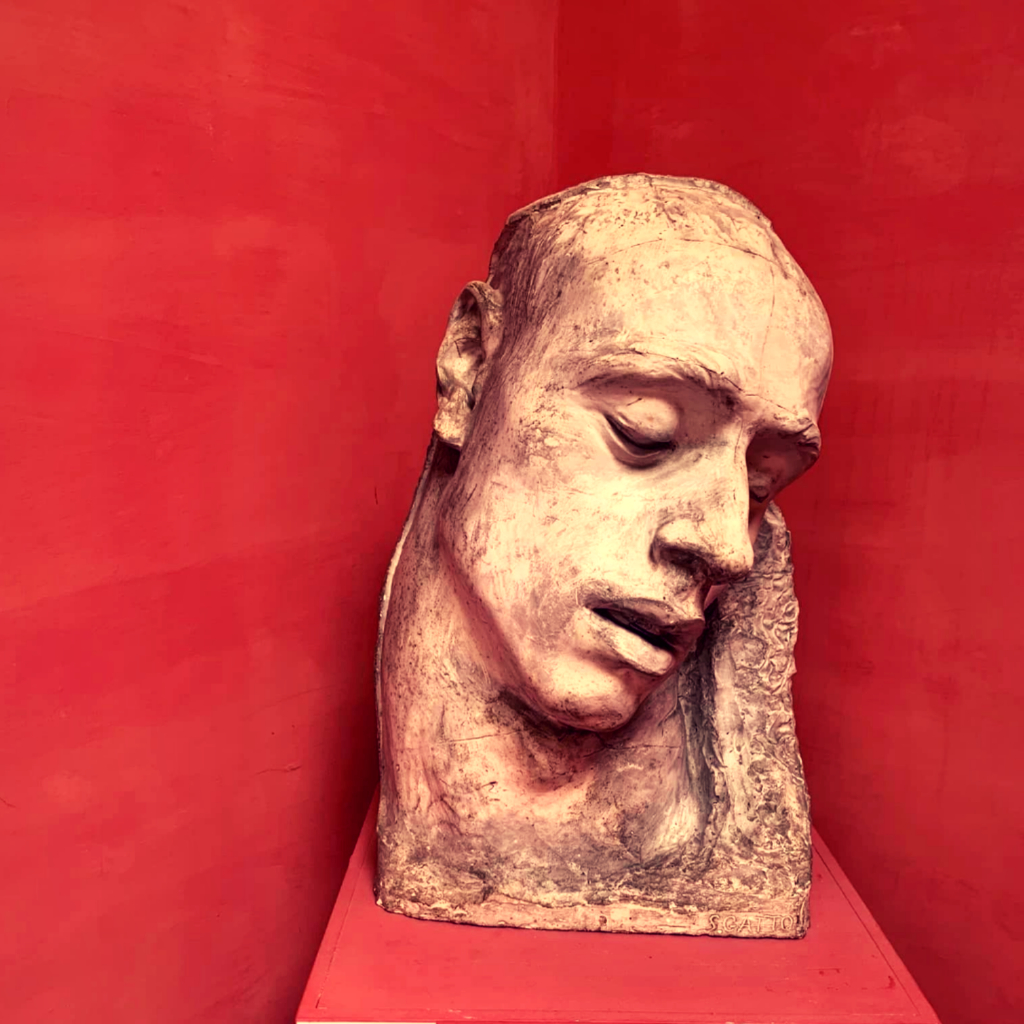Dedicated to International Holocaust Remembrance Day (January 27th).
Nico Richter as a child passed the Vondelkerk church in Amsterdam every day and listened keenly to the organ and to the choir. Most likely this set the scene for his great love of music.
He was born in Amsterdam into a non-practising Jewish family. When he was seven he started violin lessons with Jacques Muller, who later played viola in the Concertgebouw orchestra. He became familiar with the Concertgebouw at an early age, as his father regularly took him to concerts. During one of these concerts he heard Willem Pijper perform as soloist in his own piano concerto, whereupon Nico decided that he also wanted to become a composer. He was then just twelve years old. One year later he wrote his first composition.
After his secondary school studies Richter devoted his time to playing the violin and composing. He really wanted to study composition, but under pressure from his father he registered to study medicine at Amsterdam University. He enjoyed student life and became a member of the student club called Unitas. He then went on to study violin at the Amsterdam Conservatory and continued with studies in composition. His violin teacher was Sepha Jansen, wife of Eduard van Beinum.
In July 1935 Richter entered a competition for conductiors and composers in Brussels, directed by the conductor Hermann Scherchen, under whom he later studied conducting. Richter’s Concertino for cello and five instruments won a prize.In 1936 Richter obtained his Batchelor’s degree in medicine. Shortly afterwards he met up with his former classmate Hetta Scheffer, a violinist. They began to make music together and a close friendship developed between them. In 1937 Richter became the conductor of MUSA, the Amsterdam student music association, a post he held for four years and which gave him the opportunity to perform a number of his own compositions for the first time.At the outbreak of war Nico Richter was 25 years old. In October 1940 he married Hetta, who was a gentile. The young couple hoped that by a mixed marriage Nico might avoid being persecuted as a Jew.
From September 1941 Jewish students were banned from the university, but Richter was able to complete his studies: on 18 November 1941 he passed his final diploma. Richter joined a resistance group, but in April 1942 he was betrayed and hauled from his bed. He was first imprisoned in Camp Amersfoort and Camp Vught and then transported to Auschwitz. There he was able to stay alive by presenting himself as a doctor. In the course of his studies he had obtained experience in tropical diseases: he was therefore required to treat patients with typhus. In the last winter of the war he was transferred to Dachau. Richter endured extreme suffering, but in 1945 he was liberated and returned from the camps, a very sick man: his lungs were seriously infected. Lying on his deathbed, he was still able to write the Serenade for flute, violin and viola. He died in August 1945 at the age of 29.

Nico Richter left behind a modest set of works. He wrote mainly for small orchestras; and his longest work, apart from the chamber opera ‘Amorys’, lasts only nine minutes. His compositions are decidedly short and compressed, with not a single superfluous note. By contrast with the work of most other contemporary Dutch composers, who were very French oriented, Nico Richter’s music is more akin to the Second Viennese School. Richter’s tonality is very free, and his pregnant musical expression is reminiscent of Anton Webern or Alban Berg. He frequently makes use of symmetrical form, evident for example in compressed sonatas. After 1945 Richter’s music was only occasionally performed, although his widow ensured a number of performances in the Amsterdam concert hall De Suite.
Allegro; Andantino; Presto.
Utrecht String Quartet


